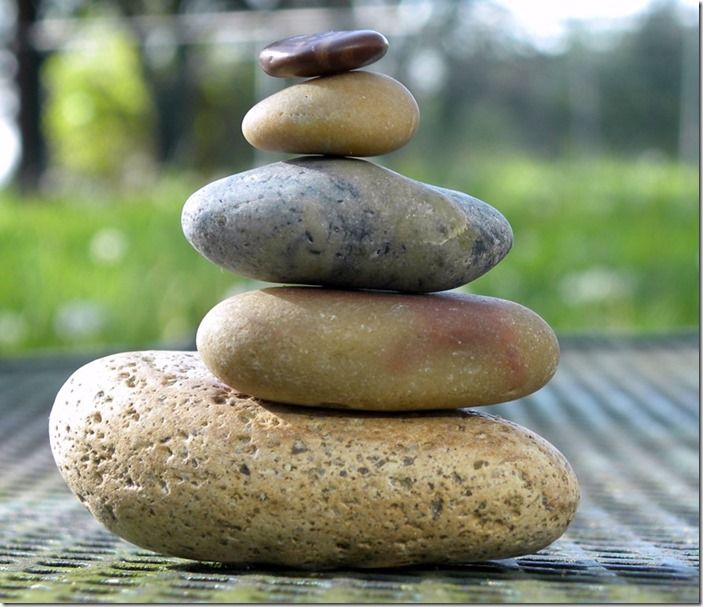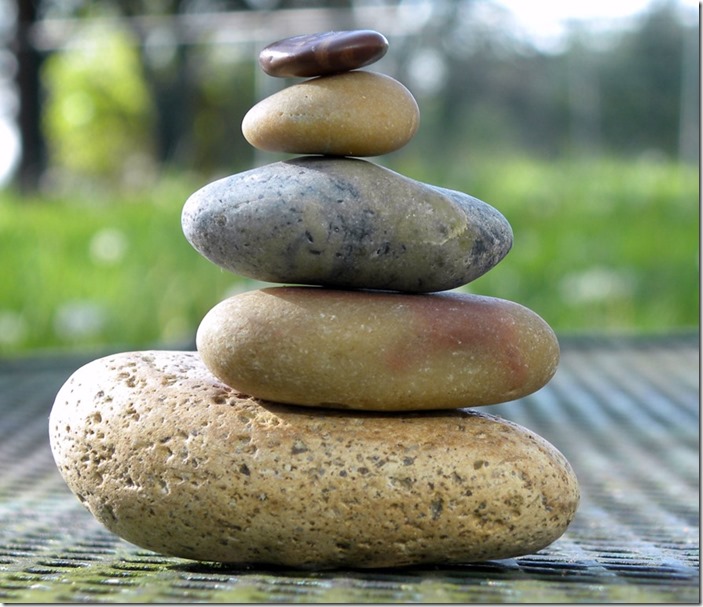
How to Best Use Stone In The Garden
Some thoughts to consider about the use of stone in the garden as ornament or feature.
Many of us are so used to living with brick and concrete all around us that we rarely have the opportunity, or the time to think about, study and appreciate natural stone in the garden. Nothing beats its beauty, in all its variations of form, texture, striation, weathering, colouring, weight and durability. Marble, granite, limestone, slate – all have their own special characteristics and uses in specific settings.
Past civilizations have used the extraordinary natural beauty and gravitas of stone to create stone circles, corbelled buildings with not a gram of mortar that have nevertheless lasted centuries, to inscribe runes and drawings, as burial chambers and as free-standing individual symbols of religious, ritualistic or other spiritual significance.
Judiciously placed contemporary or classical sculpture, boulders of varying sizes and bird baths or other water containers can all be used effectively as decorative garden features. Choose one or two features of one type of stone to avoid an overly fussy design.
Classical Japanese gardens use standing stones and stone groupings to interpret the larger natural formations of mountains, cliffs and river beds. They illustrate brilliantly how scaled down versions may be miniaturised in a garden setting. Japanese understanding and appreciation of the qualities of stone has been a major influence in the design of many late 20th century and contemporary gardens, in which minimal, but bold statements in stone, used subtly and cleverly create both drama and serenity.
Scale is critically important. I’ve seen many gardens in which a tiny (often concrete) statue of Venus de Milo, Aphrodite, Persephone or other Greek Goddess has been positioned at the far end of a garden, even directly against a fence and usually at ground level. You’d need binoculars to see it and it is out of scale and unimaginative. If your client has a much-loved small stone sculpture or bird bath and unless it is truly hideous it will look best set on a plinth of rendered brick, or a large piece of squared off timber, at least 1metre above soil level and thus closer to the natural eye line.
This immediately lends the sculpture some dignity and interest. Such pieces are generally best set amongst foliage, not out on their own. However, fine art stone sculpture or a dramatic standing stone may be the garden’s main focal point, even if it is large and the garden small. Such a piece makes the designer’s job easier as the rest of the garden can be designed entirely to set off this single feature. It can be positioned in an open space, where you can view it from all sides. Be careful though – a large marble statue, or massive granite standing stone in a suburban garden could look very odd. If a particular local stone is evident and visible in the immediate landscape, use it.
Another common problem of stone in the garden, confronting the designer is the ‘rockery’ arising out of a flat lawn like a currant bun. A mound of earth has rocks, bits of concrete or boulders stuck onto it with no consideration of the natural lie of stone in a slope and no understanding of how ugly it looks in an otherwise completely flat area. Sometimes the house owner will have spent months building a rockery ‘water feature’ in a corner against a fence but with space behind it for so-called maintenance. This kind of ready-made feature presents a problem for the designer. It can be extremely difficult to persuade the client that it needs to be dismantled and discarded, or rebuilt – at their cost. Sometimes you have to decline the commission and just walk away.
Technorati Tags: Garden Sculpture,stone,natural,rockery,modern,classic,how to,tips,current bun







